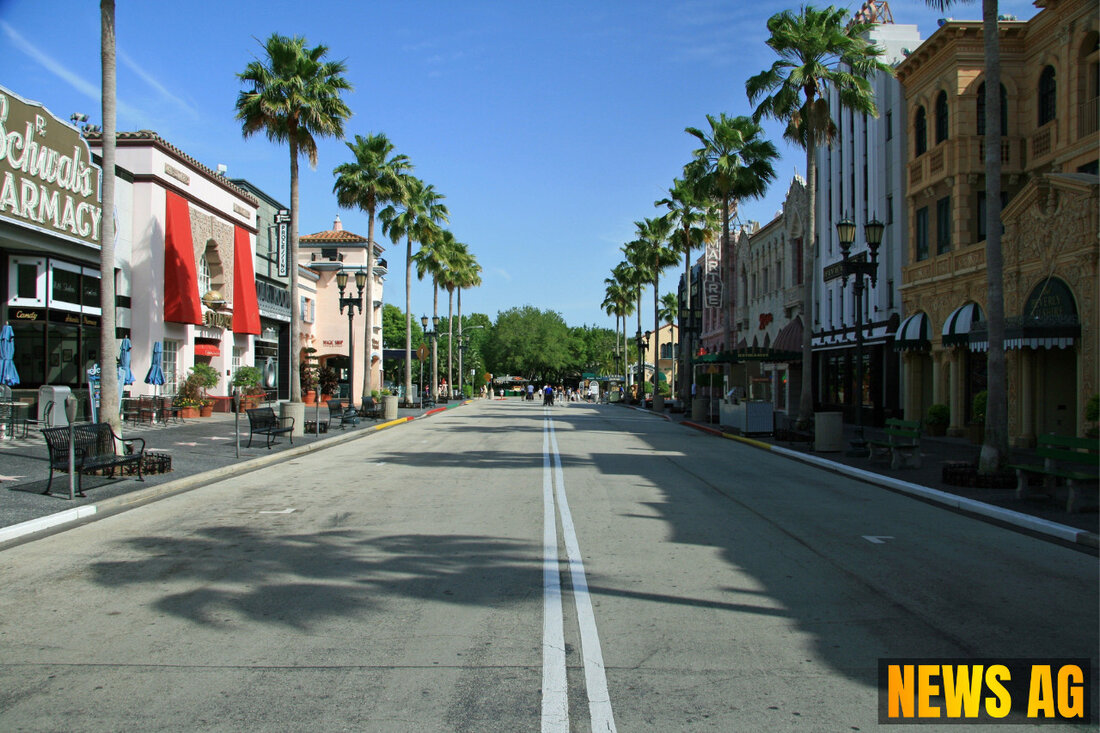Palm Beach's Land Clash: Growth vs. Preservation Debate Heats Up!
Discover the challenges and developments in Palm Beach County's Agricultural Reserve amid population growth and conservation efforts.

Palm Beach's Land Clash: Growth vs. Preservation Debate Heats Up!
As Palm Beach County navigates its bustling growth, local officials are grappling with how to balance the demands of new development against the need to preserve cherished, untouched land. The ongoing conversation was recently brought to the forefront as a detailed overview of the Agricultural Reserve, covering 22,000 acres, was presented to county commissioners. This area primarily consists of farmland, with various restrictions in place to maintain agricultural operations and environmental resources while allowing limited development.
The current snapshot of land distribution in the Agricultural Reserve reveals a complex landscape: 30% is earmarked for residential development, 4% for non-residential endeavors, and a significant 61% is designated for preservation efforts, whether that be agriculture or conservation. In addition, 3% remains undeveloped and another 3% is allocated for various uses such as canals. This careful balance aims to uphold the region’s agricultural identity while addressing the needs of a growing community.
Development Dynamics
Recently, discussions have intensified around development rights as properties are sold at staggering prices. GL Homes has become a dominant player in this space, paying significantly higher rates for development rights recently, ranging from $280,000 to $440,000 per acre, compared to just $70,000 five years ago. Such price increases highlight the pressing demand for housing in the area, with GL Homes even looking to add more units to its existing Valencia Del Mar development on former farmland. The ongoing trend emphasizes a shift in the housing market as prices soar, with homes in this development priced between $1.2 million and $1.7 million.
The stakes are high. The company is seeking to „unpreserve“ 15 acres of farmland while promising to preserve off-site land to meet open space requirements, a move that has sparked heated discussions and concerns regarding the ecological implications of reducing preserved areas. As Larry Portnoy, a spokesperson for GL Homes puts it, „Rising housing prices and construction costs have driven up land prices,“ further complicating the landscape.
Environmental and Community Concerns
As more development projects arise, the opposition grows. Community members voice legitimate concerns about traffic, infrastructure strain, and environmental impacts. Just recently, a proposal to swap land inside the Agricultural Reserve for land outside for over 1,000 homes was rejected amid such worries. Local residents and environmentalists look to county commissioners to mediate these complex issues, ensuring both progress and preservation are considered.
Besides the immediate challenges of newly proposed developments, shifting agricultural land use also raises broader questions about food security, biodiversity, and the local economy. With the global population on the rise and climate change looming, the impacts of converting agricultural land into residential areas could pose risks to food supply stability. It’s a high-stakes balancing act that can reshape the social fabric and cultural landscape of the community.
As Palm Beach County moves forward, the emphasis remains on thoughtful planning. By adhering to frameworks that protect agricultural interests while fostering necessary development, the region can strive for a harmonious coexistence of community growth and environmental stewardship.
For further details, you can read more at Tampa Bay Times, USA Today, and Design Horizons.


 Suche
Suche